Back on the track to talk technical padel. Let's take a look at one of the most used attack hits in filet, forehand volley. How to achieve it? We tell you everything.
Come to the net at padel is essential to gain the advantage, organize the attack and finally have a chance to win the point. A volley must first “Move” opponents to put them in awkward positions, make them play complicated balls so that in the end you can accelerate the ball in the space you have created.
Need precision therefore for this shot which is much more used in padel than tennis. In order to compare his technique with that of his cousin tennis, the padel can be proud to offer 3 types of forehand volleys called “simple”. Let's discover them together.
Arm work
This is one of the first mistakes beginner players make. Cock the arm to hit the ball. For a good volley, the arm should come straight forward in order to have great control over the ball. There are volleys made with great preparation, but that is not the topic of this article.
The idea is therefore that during your preparation you can see the back side of your pala. The front side should be shown to the opponents. Pala forward therefore, you will perform the blow with the head of the pala still above the level of your wrist. In the case of a low ball, flex.
For a better, more efficient volley after the strike, try to finish with your pala above the level of the net.
Leg work
This is most important for good stitch construction. Positioned about 2.50m from the net you have enough room to cover the attack zone, avoid lobs, and be able to come forward with time for an efficient volley.
How to get the right support? The goal is really to make the effort to immediately lean on the dominant leg (the one on the side of the pala) with a first step forward or at the height of your body. Once on this press, you will be able to control the distance but also the ball speed that you want to print with the second step.
In order to fully understand the volley, we are going to separate 3 times.
- The control volley that will be achieved with the second step forward with the non-dominant leg before the strike. The two feet placed on the ground at the moment of the impact allow to have precision in the blow.
- The flight of power. The second step with the non-dominant leg will be after the ball is hit. With one foot in the air, we are in the process of transferring our body weight from the back to the front, and before the foot hits the ground, we hit the ball.
- The fly controls / power. It is the mix between the two and often the most used volley, especially when climbing the net. The second step forward occurs when the strike is released.
The fly point by point
Step 1: resumption of support
Even at the net, the recovery of downforce allows for better decision-making and better reaction time.
Step 2: preparation
Short forward preparation for the forehand volley at the same time as the first step with the dominant leg.
Step 3: suspension
You don't necessarily think about it, but taking the time to wait for the ball in suspension on the dominant leg allows you to make the best decision between the 3 types of volleys available.
Step 4: typing
Once you've made the decision on what type of volley you want to perform, go ahead and hit the ball. Do not mix the order between the legs and the arms, otherwise you will lose control. Ex: if your front foot is already on the ground (precision), do not accelerate the arm (power).
Step 5: the end of the gesture
Remember to stay a little while after playing your volley, it will only be more effective. Your end of movement should, if possible, end above the level of the net. Take pleasure and “assume” your volley while maintaining a good position.
The volley is a formidable, very elegant move that can be used dozens of times during a match. Before rushing in, learn to be precise, to build your point by seeking to move your opponents. And remember this saying:
“It is forbidden to make a mistake with a first end”
Good to hear, hi. The rest in pictures.
Julien Bondia is a teacher of padel in Tenerife (Spain). Columnist and advisor, he helps you play better through his tutorials and tactical/technical articles padel.




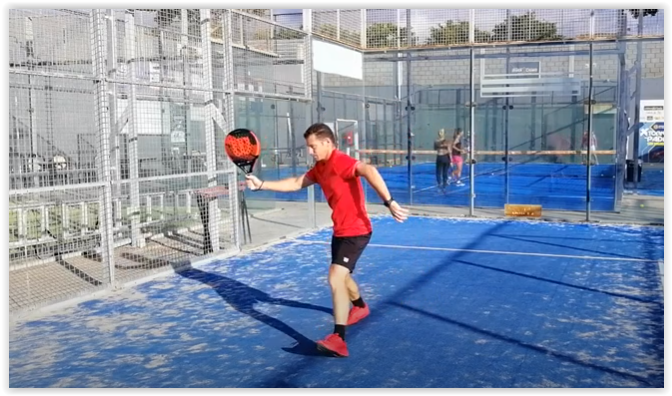
































































































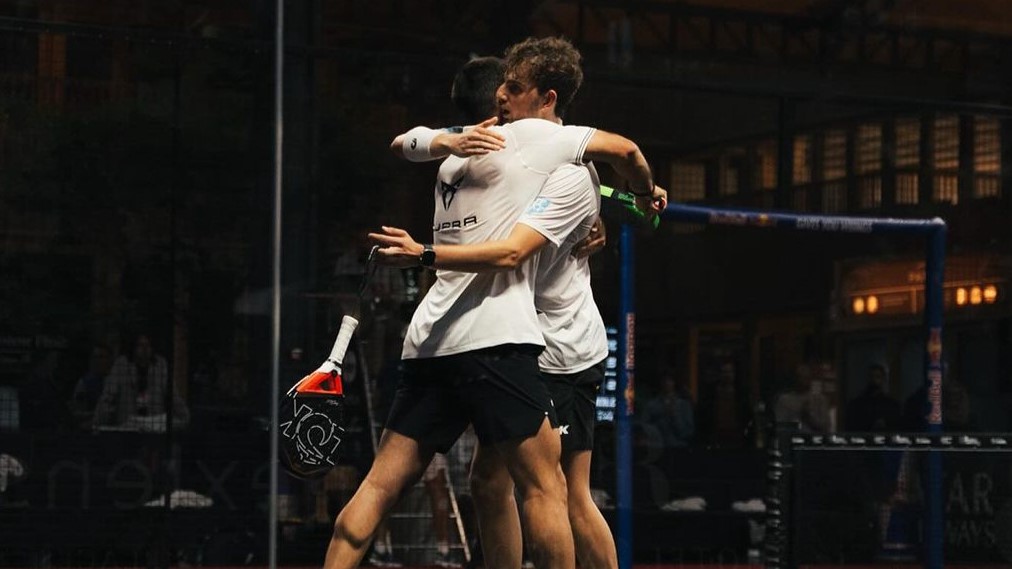 Premier Padel Brussels P2 – Mike Yanguas and Javi Garrido once again take the advantage over Stupa / Di Nenno
Premier Padel Brussels P2 – Mike Yanguas and Javi Garrido once again take the advantage over Stupa / Di Nenno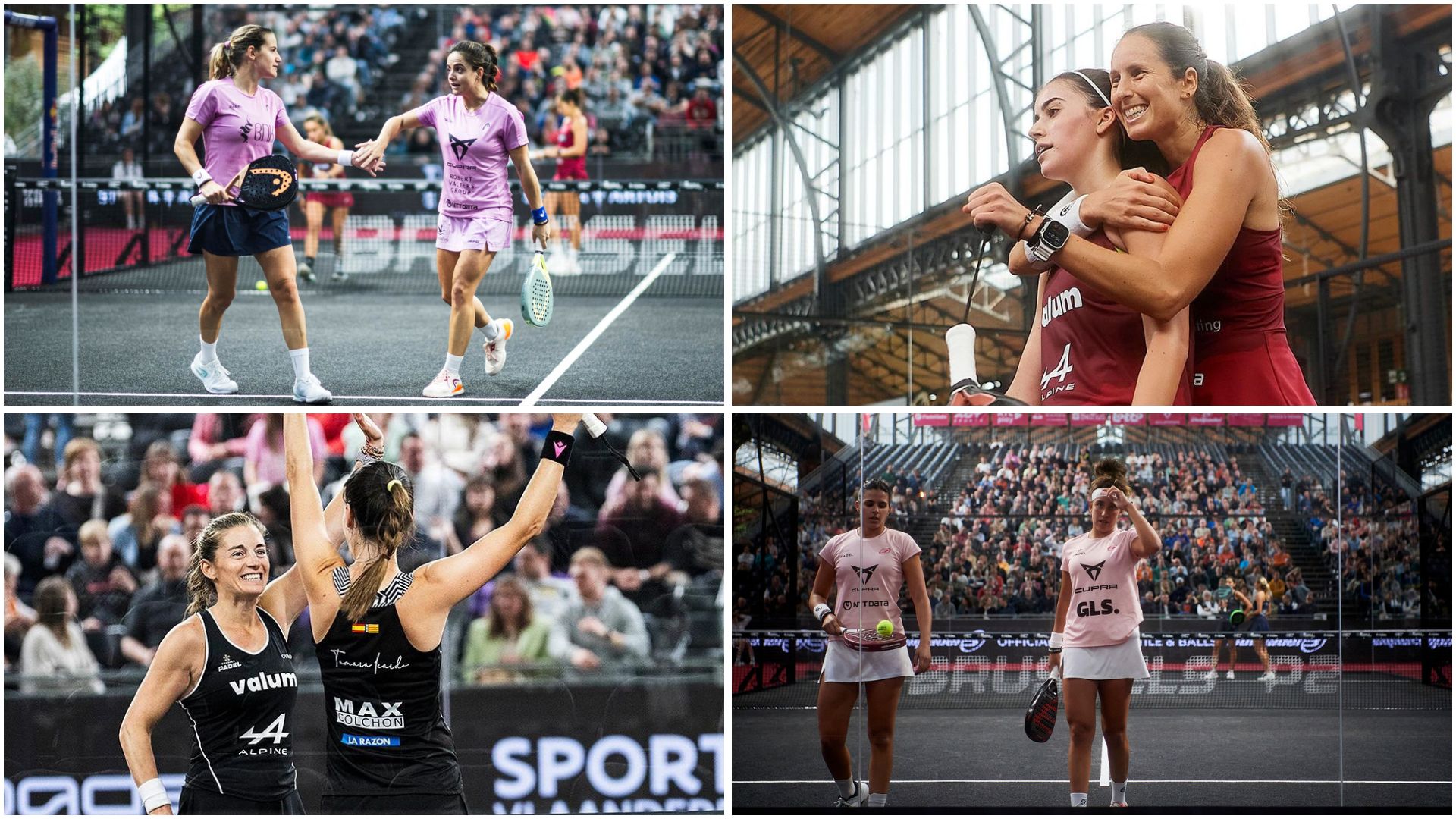 Premier Padel Brussels P2 – The women’s Big 4 at the semi-finals!
Premier Padel Brussels P2 – The women’s Big 4 at the semi-finals!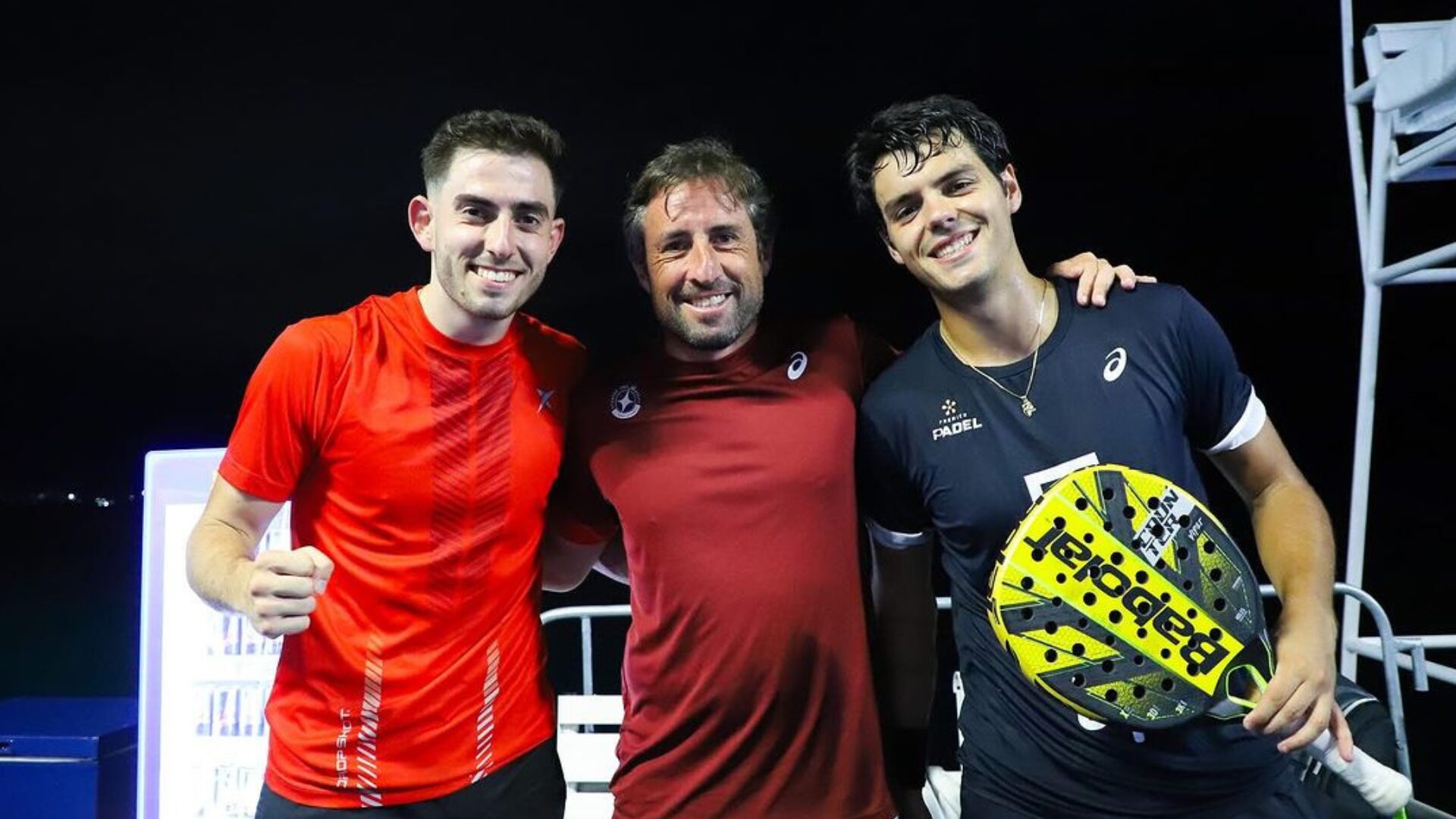 Premier Padel Brussels P2 – Sanz and Nieto win a big fight against Lebron / Navarro!
Premier Padel Brussels P2 – Sanz and Nieto win a big fight against Lebron / Navarro! Guillaume Codron de Sud Padel : “A family project”
Guillaume Codron de Sud Padel : “A family project” Nallé Grinda: “Democratize the padel in the USA with PadelX "
Nallé Grinda: “Democratize the padel in the USA with PadelX " Simon Boissé: “We know that there are two nations in front of us”
Simon Boissé: “We know that there are two nations in front of us” Marie Maligo: “This period of frequent changes of partners was beneficial for me”
Marie Maligo: “This period of frequent changes of partners was beneficial for me” Gilles Moretton: “We will be able to put the padel at the level of tennis”
Gilles Moretton: “We will be able to put the padel at the level of tennis” Two P1000 doubled prize money approaching!
Two P1000 doubled prize money approaching! José Manuel Escin at the inauguration of Casa Padel DOS: “Finally, and thank you!”
José Manuel Escin at the inauguration of Casa Padel DOS: “Finally, and thank you!”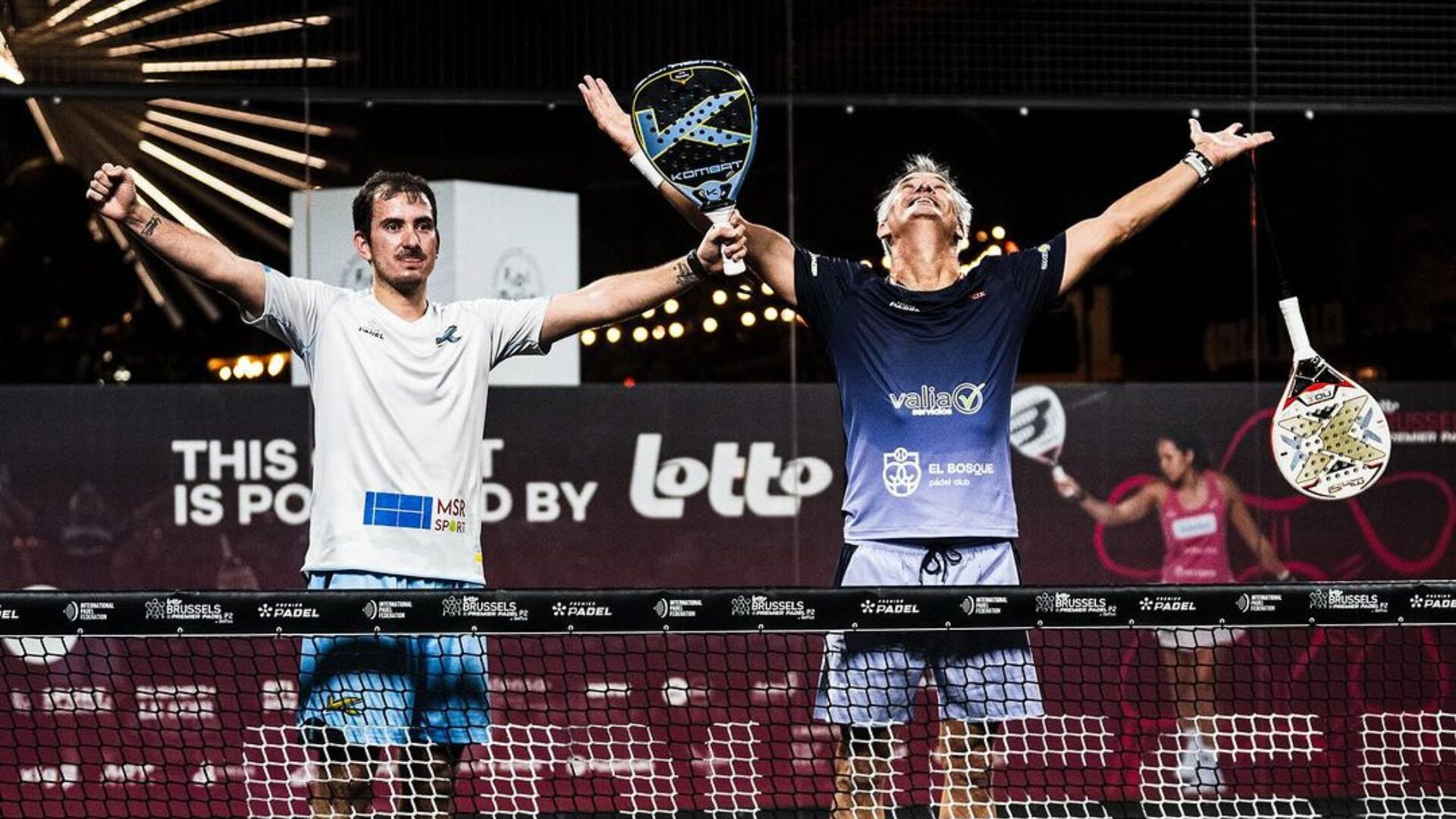 Miguel Lamperti: three tie-breaks and a return to the quarter-finals!
Miguel Lamperti: three tie-breaks and a return to the quarter-finals!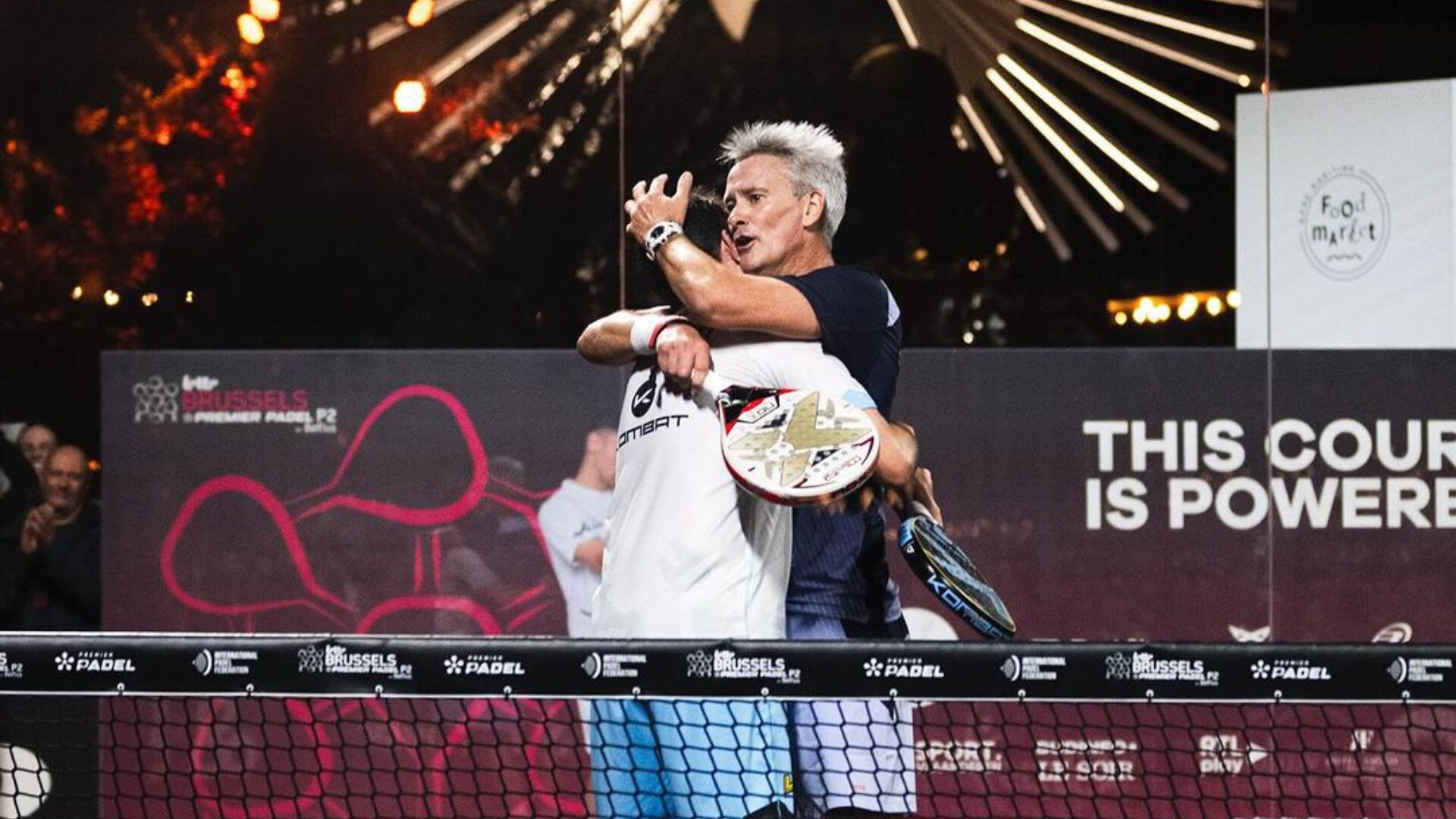 Big evening in Brussels with two seeded players on the mat, heckled number 1s…
Big evening in Brussels with two seeded players on the mat, heckled number 1s…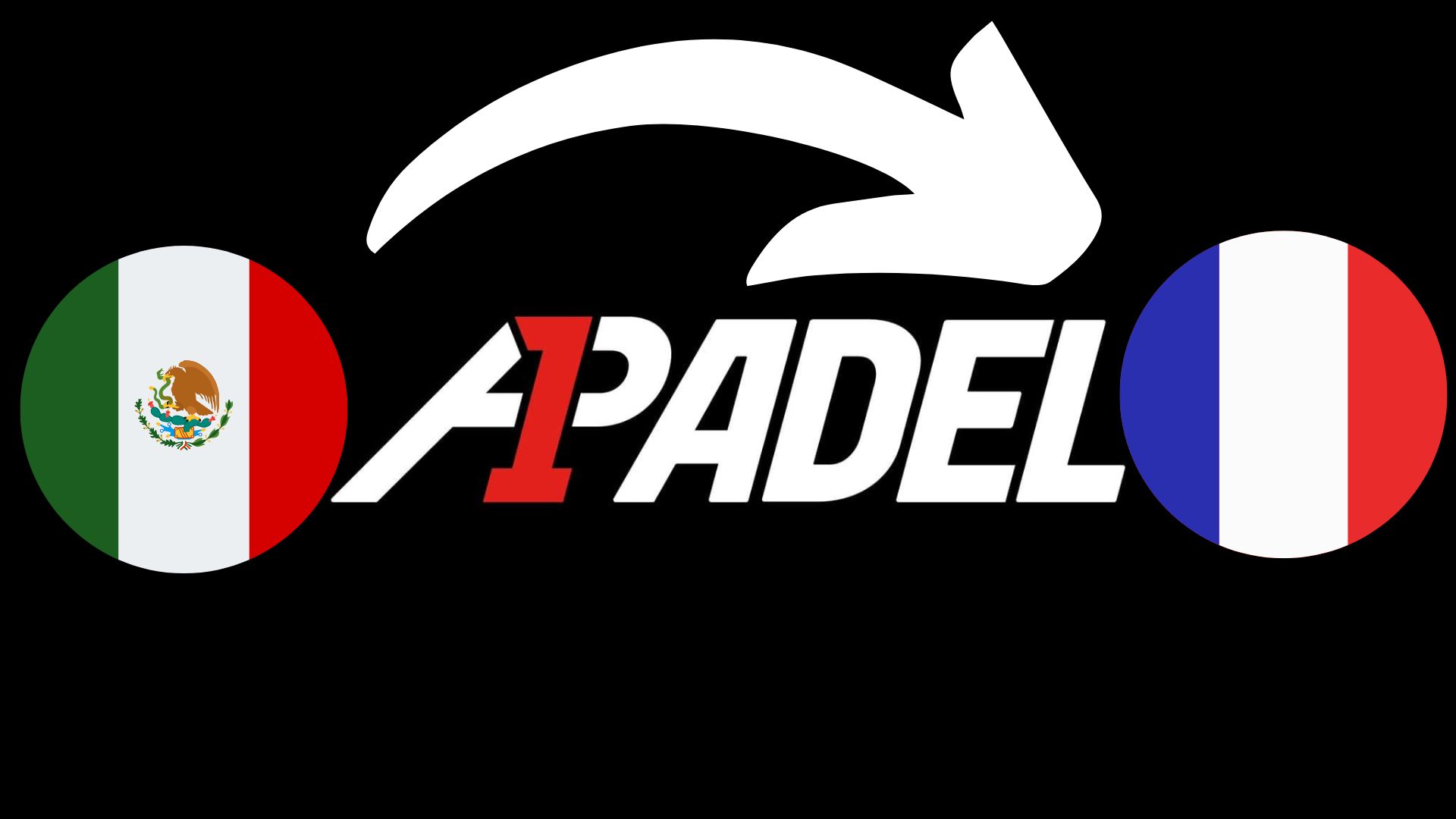 A1 Padel – the French Open replaces the Mexican Open on the calendar
A1 Padel – the French Open replaces the Mexican Open on the calendar Padel Score comes to Tahiti for American Express Padel Cup!
Padel Score comes to Tahiti for American Express Padel Cup! Do you know the Rafa Nadal Academy Tour?
Do you know the Rafa Nadal Academy Tour? Play at padel on his yacht? Possible for €233.000!
Play at padel on his yacht? Possible for €233.000! Our Top 10 training courses padel in France and Europe
Our Top 10 training courses padel in France and Europe At the heart of padel – Episode 25: Paul and Andoni answer your questions
At the heart of padel – Episode 25: Paul and Andoni answer your questions Tactical padel – What to do when faced with players who systematically stay at the bottom?
Tactical padel – What to do when faced with players who systematically stay at the bottom? The basic tactics of padel
The basic tactics of padel At the heart of padel – Episode 25: Paul and Andoni answer your questions
At the heart of padel – Episode 25: Paul and Andoni answer your questions At the heart of padel – Episode 23: defend the window well
At the heart of padel – Episode 23: defend the window well Prohibition on playing topless Padel : the reasons
Prohibition on playing topless Padel : the reasons FIP Tour – Going far from Europe, THE strategy to earn points!
FIP Tour – Going far from Europe, THE strategy to earn points! What is a good football player? padel ?
What is a good football player? padel ? “Lefties give me headaches when I play against them!”
“Lefties give me headaches when I play against them!” At the heart of padel – Episode 14: how to earn points in winter?
At the heart of padel – Episode 14: how to earn points in winter? A par 4 is always a winner...even if you manage to defend it!
A par 4 is always a winner...even if you manage to defend it! Carbon fiber VS fiberglass: what to choose?
Carbon fiber VS fiberglass: what to choose? How to effectively test a racket padel ?
How to effectively test a racket padel ? La padel to fight Parkinson's disease
La padel to fight Parkinson's disease Don't play with a cracked or broken racket, your body will thank you!
Don't play with a cracked or broken racket, your body will thank you! Michel Cymes: “The padel, physically, it’s serious!”
Michel Cymes: “The padel, physically, it’s serious!” Jeremy Gala: “Promote the padel among young people in Belgium remains a challenge”
Jeremy Gala: “Promote the padel among young people in Belgium remains a challenge” The French Touch Academy organizes its selection day Padel-Study
The French Touch Academy organizes its selection day Padel-Study Report on the detection and training of younger generations
Report on the detection and training of younger generations